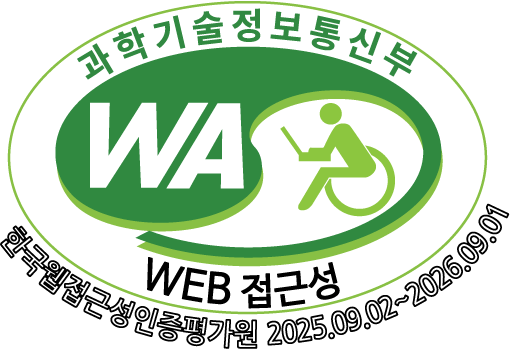디지털 심화 사회에서 소프트웨어는 점점 더 중추적인 역할을 맡으며 산업 전반에 걸쳐 고부가가치를 창출하고 있다. 특히 모바일 컴퓨팅, 양자컴퓨터, 사물인터넷(IoT), 자율주행차, 빅데이터, 인공지능(AI), 로봇공학, 블록체인 등 4차 산업혁명의 핵심 영역에서 기술 발전을 가속화하는 중요한 요소로 자리 잡고 있다. 디지털 전환 가속은 디지털 사회의 복잡성과 의존성을 심화시키며 잠재적 위협이 되는 한편 디지털 기술을 활용한 안전 고도화의 기반으로도 자리매김한다. 소프트웨어 적용 확대로 인한 잠재적 위험 증가는 신체적 상해뿐만 아니라 사회적, 경제적 손실을 유발하는 사고로 이어질 수 있다. 이제 자연적·사회적 재난 사례의 증가뿐 아니라 디지털 공간에서의 안전 위협 사례가 빈번함에 따라, 소프트웨어 안전 확보는 주요 과제로 더욱 대두된다. 소프트웨어 안전은 외부 침해 없이 소프트웨어로 인해 발생할 수 있는 사고로부터 인간의 생명이나 신체에 대한 위험에 대비하는 상태를 의미한다. 이는 'Safety of Software'와 'Safety through Software' 두 가지 측면으로 좀 더 나누어 볼 수 있다. 'Safety of Software'은 소프트웨어 자체의 무결성을 보증하며, 사용자와 이용자에게 미칠 수 있는 위험으로부터 안전하게 보호하는 소프트웨어 설계를 포함한다. 즉, 소프트웨어로 인한 사고가 발생하지 않도록 소프트웨어 자체 품질 수준을 확보하는 것을 염두에 둔다. 'Safety through Software'은 소프트웨어 안전 기능을 중점으로 하여 발생 가능한 사고를 감소 및 예방하고, 비상 상황에 대응하는 것을 말한다. 이 보고서는 각각의 사례를 분석하여 소프트웨어 안전 관리 관점에서의 미비한 부분과 개선 방향을 조명하고, 추가적으로 보완해야 할 부분을 식별한다. 이를 통해 안전관리 프레임워크 차원에서 체계적으로 살펴 우리 정책의 개선 방안을 제시하고자 한다. Executive Summary In the digitally advanced society, software is becoming increasingly central, driving high-value creation across industries. It's particularly influential in accelerating technological advancements in key areas of the Fourth Industrial Revolution, such as mobile computing, quantum computing, the Internet of Things (IoT), autonomous vehicles, big data, artificial intelligence (AI), robotics, and blockchain. The acceleration of digital transformation deepens the complexity and dependence in digital society, posing potential threats while also serving as a foundation for enhanced safety through digital technology. The rise in natural and social disasters, along with frequent safety threats in digital spaces, has made securing digital safety for citizens a primary concern. The expansion of software applications increases potential risks, leading to accidents causing physical, social, and economic damages, necessitating preventive and management measures. Software safety refers to the state where there is sufficient preparation against risks to life or physical harm from accidents caused by software, in the absence of external breaches. This can be divided into two concepts. First, 'Safety of Software' ensures the integrity of software itself, maintaining the safety level to prevent accidents caused by the software. Recent examples include autonomous vehicles and smart factories, where embedded software must guarantee integrity and safeguard against potential risks. Software algorithm malfunctions and abnormal operations can lead to human casualties. Second, 'Safety through Software' focuses on utilizing software safety features to reduce and prevent potential accidents, and ensuring safety in emergency situations. This includes incidents where software errors in safety devices fail to prevent, and instead cause, major accidents. This report examines such cases to analyze shortcomings and directions for improvement in software safety management, identifying areas needing further enhancement. Through this, we aim to systematically examine our policy's improvements within the safety management framework.



